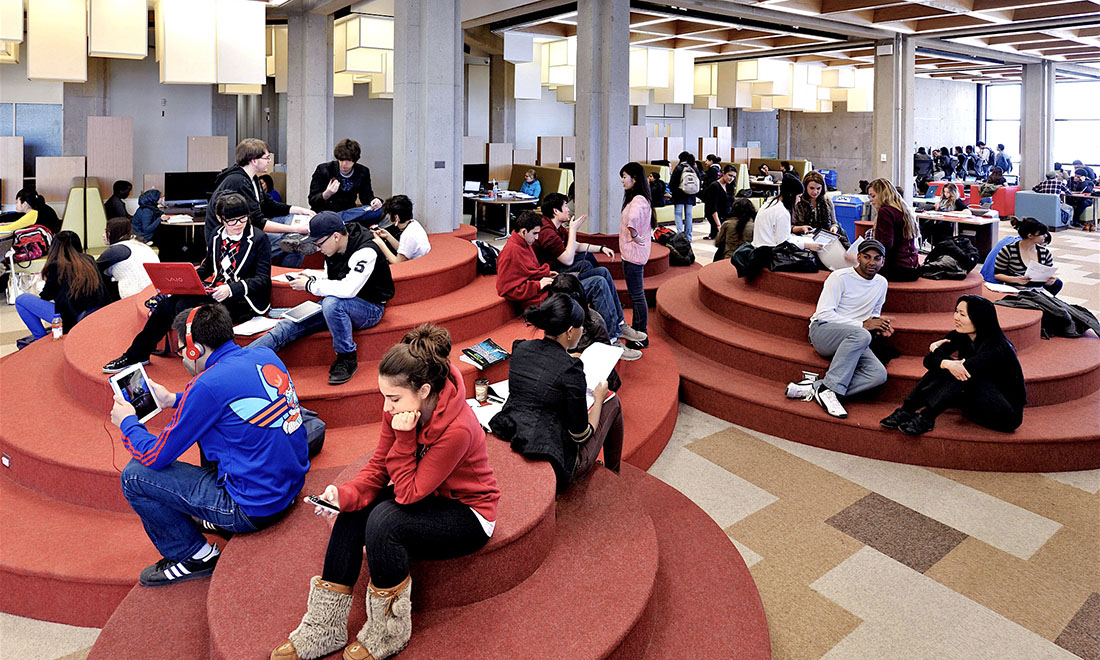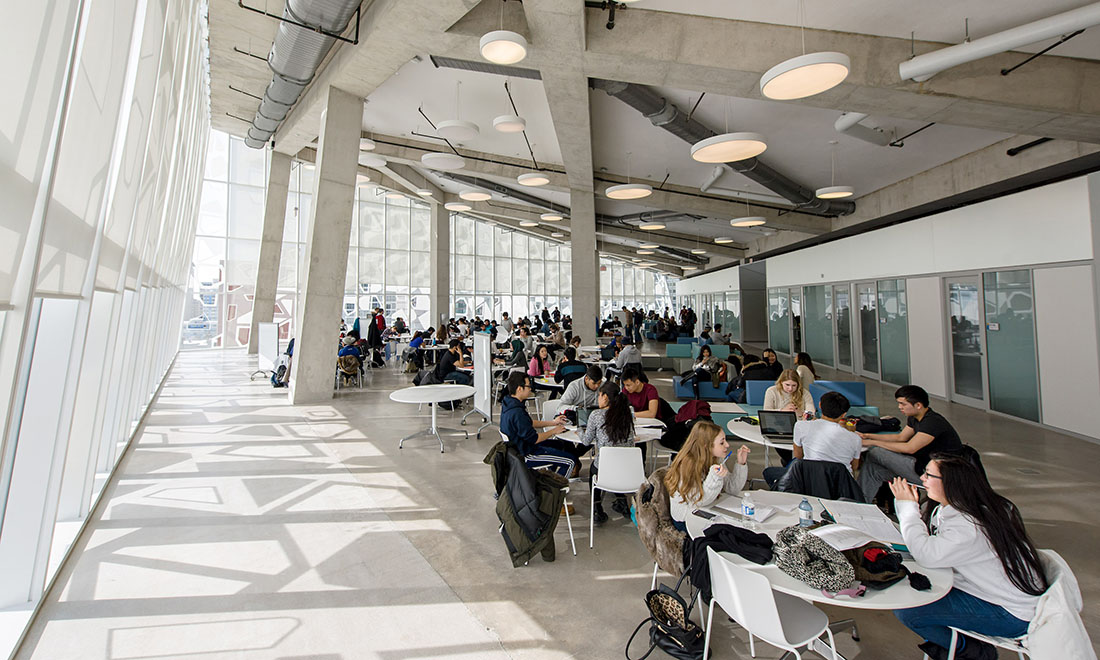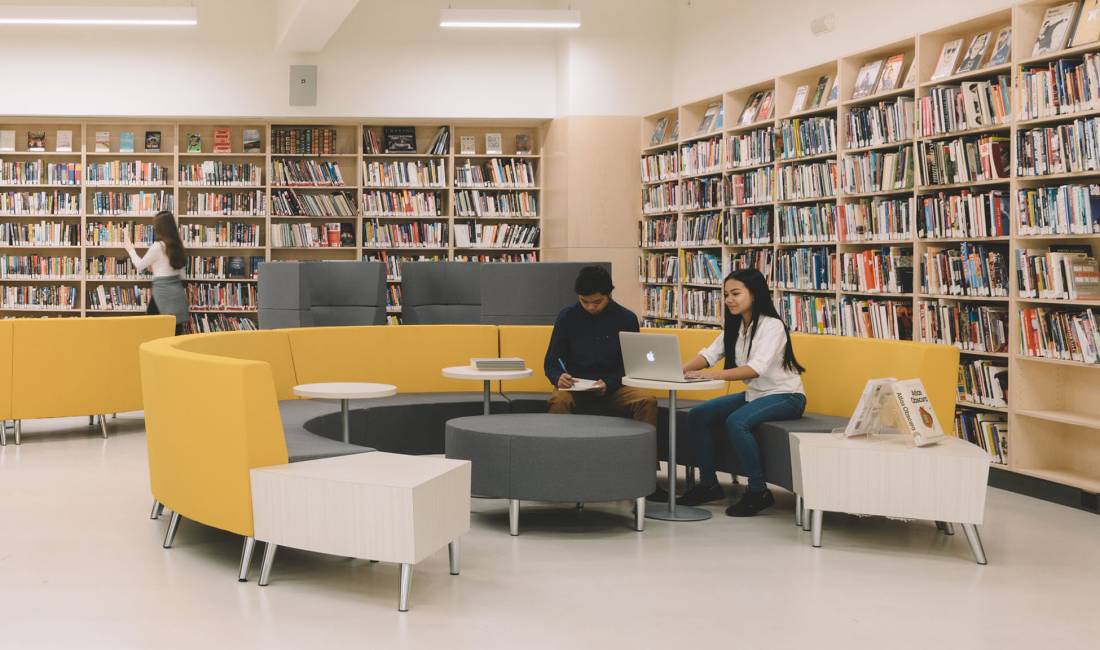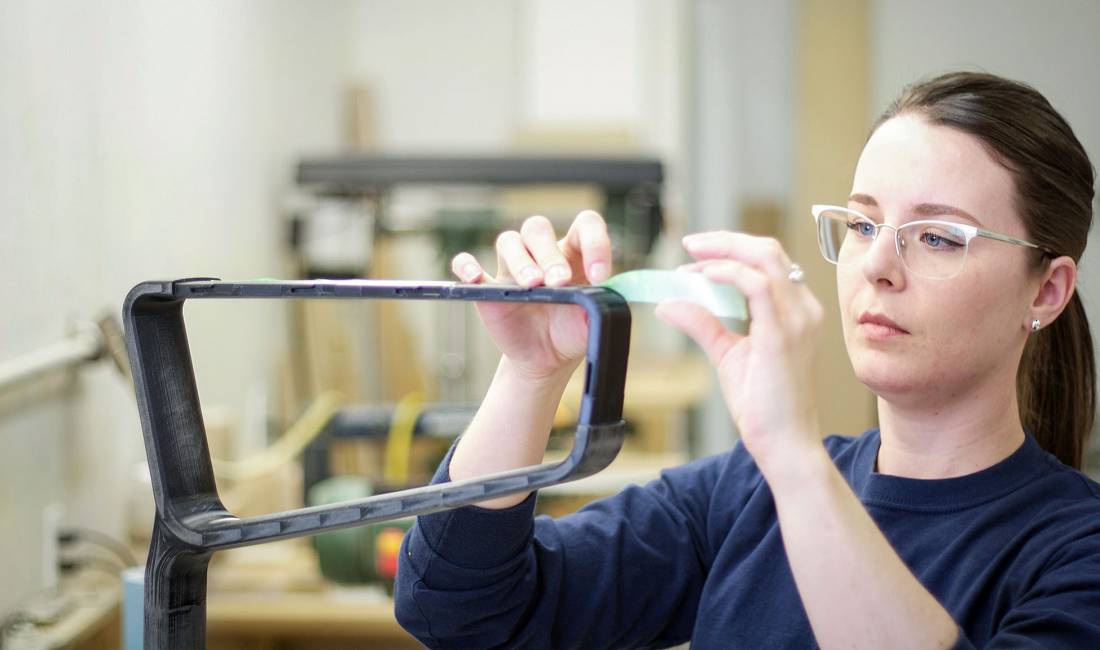How is Online Learning Shaping the College Campus?
Spotlight | May 31, 2018 | Hanna Andrew
With the Internet’s rapid growth as a network for social, business, and personal needs, adapting post-secondary education courses to the online platform was inevitable. Online learning appeals because it offers leniency with scheduling—students are able to complete coursework around their personal responsibilities and manage their priorities accordingly.
Today, approximately 93% of Canadian universities offer anywhere from one to several hundred online courses, which make up 8% of all university courses offered across the country.1 These numbers will likely continue to rise; online courses are even available in high schools.
The first online courses did not take into account how classroom teaching would translate to online learners. Communicating is done differently. Building relationships with students is done differently. Simply uploading course content, readings, and lecture notes does not make an engaging course or ensure student success.
In an active effort to improve delivery, colleges today showcase an entirely different kind of online course. The lectures and questions have become more interactive to engage students and keep their focus, however, though these refined courses are still unable to provide everything.
Person-to-person interaction is an important part of a learning environment. This inexplicable element cannot be achieved through technology, no matter how advanced the program.
Then how are college campuses changing in response to online learning?
 The Collaboratory at York University
The Collaboratory at York University
They're expanding; developing and providing collaborative spaces for students both on and off campus.
Collaborative learning spaces and areas for study groups are not a new presence within post-secondary education, but new emphasis is being placed on them with the growing popularity and enrollment in online courses. For students close to campus, it provides an area to meet with fellow classmates to work on projects and to study.
Alternatives are being explored to provide these spaces for distance learners as well.
 WeWork Study Hall. Photographer: Mike Short/Bloomberg
WeWork Study Hall. Photographer: Mike Short/Bloomberg
2U is an educational technology company that partners with leading nonprofit colleges to offer online degree programs—Georgetown, Northwestern and Yale being among them.
They have partnered with a co-working firm, WeWork, so 2U-affiliated students may use the space at any WeWork location to take tests or meet with study groups. This partnership allows for more frequent and consistent in-person gatherings in areas and during times more convenient to the individual so distance learners are not limited to only the annual, on-campus meetings.2
New collaborative spaces are being built within physical campuses so current and future students may come together to create a community. They are reinventing existing and constructing new collaborative areas and student centers to promote and provide a home for their students, and invite new learners to be a part of that space—an area for comfort and security and growth.
Ryerson is one institution to have done this.
 Ryerson Student Learning Center Floor 8: The Sky
Ryerson Student Learning Center Floor 8: The Sky
Prior to 2015, Ryerson University did not have a recognizable visual presence within the city, so Ryerson set out to provide a much-needed space for students to come together, socialize, and study while creating a distinguishable identity for the University. The Ryerson Student Learning Center does just that with entire floors dedicated to study and collaborative spaces and its multi-award winning architecture.3
The online learning environment not only expands the potential student base from local to worldwide, it also introduces a new demographic for existing post-secondary institutions to appeal to. To attract these new students, colleges work to build and maintain their brand with physical and virtual communities online learners can feel a part of. They offer sense of belonging, a sense of community, a maintaining of a dialogue.
After all, true learning is a dialogue.4
Header Image: Ryerson Student Learning Center Floor 6: The Beach
1Tony Bates, “A national survey of university online and distance learning in Canada.” March 23, 2016.
2Jeffrey Selingo, “The Future of College Looks Like the Future of Retail.” April 16, 2018.
3Selin Ashaboglu, “Ryerson University Student Learning Center.” April 12, 2016.
4Mark Edmundson, “The Trouble With Online Education.” The New York Times. July 19, 2012.
Enjoy this article? Don't forget to share.






